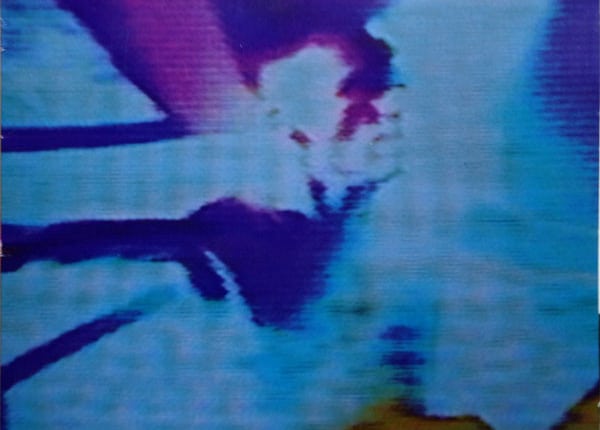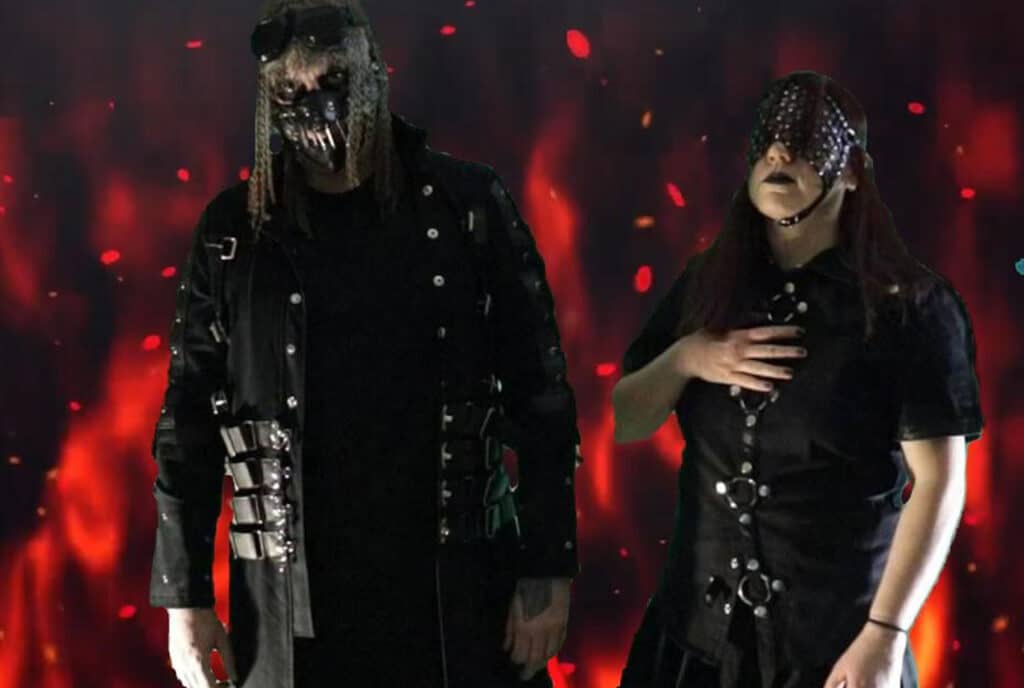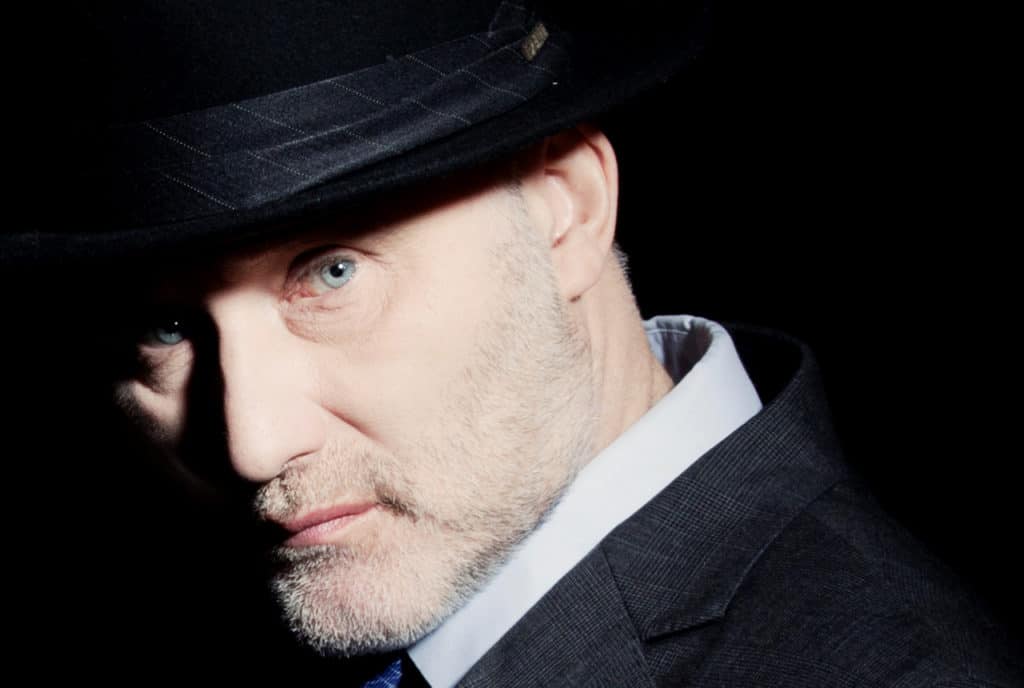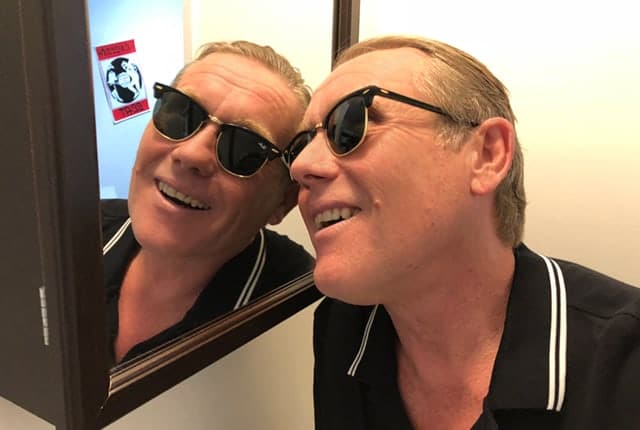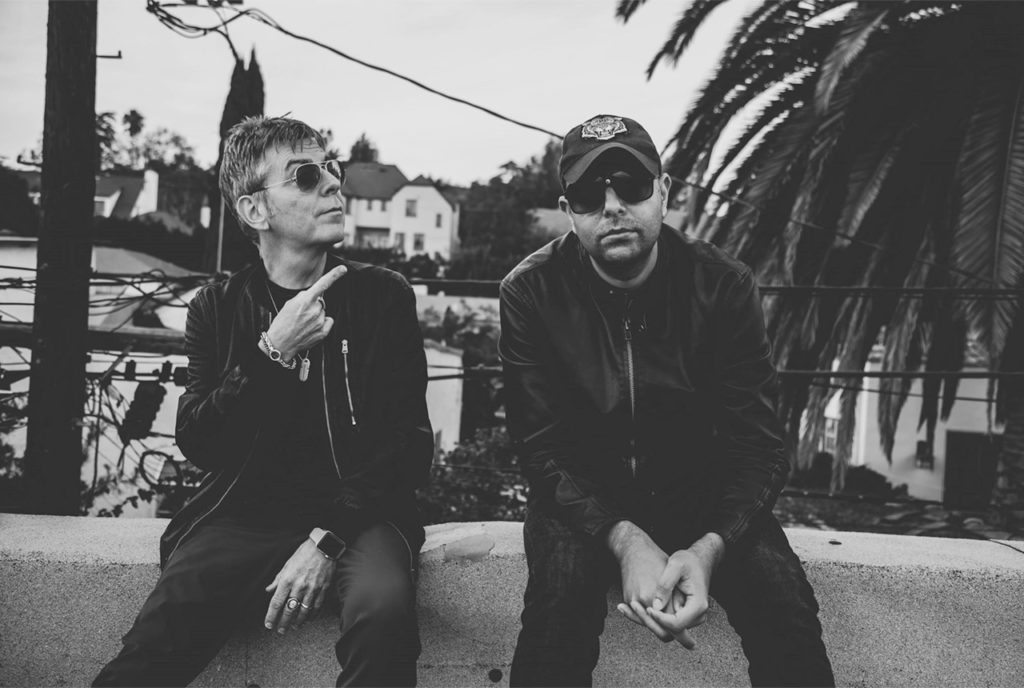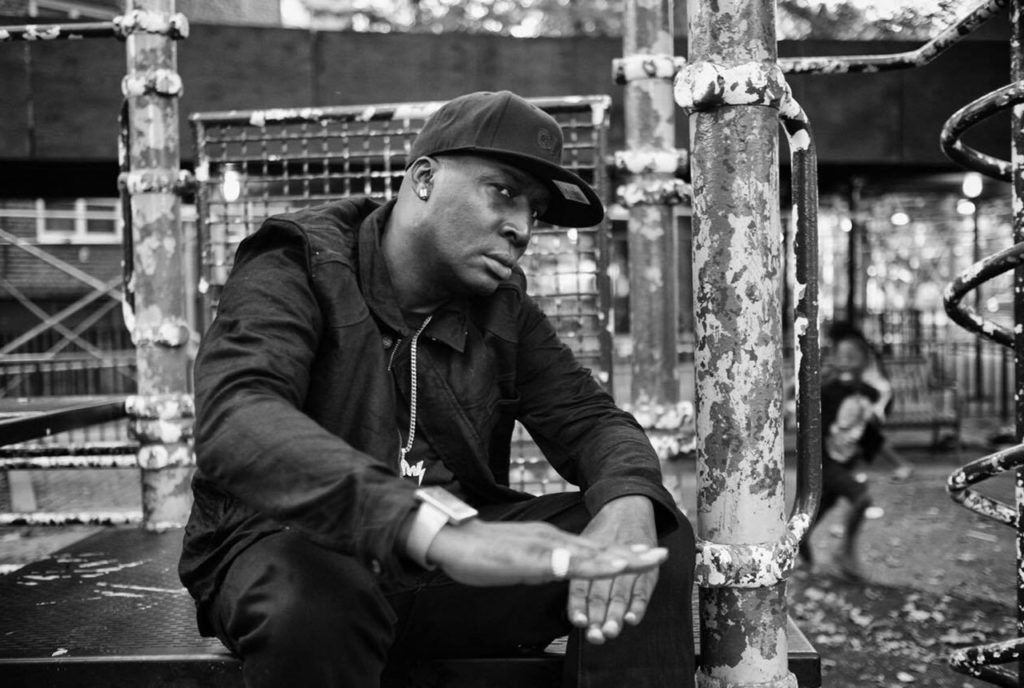By using the highly identifiable “Twin Peaks” string line as the hook of “Go,” Moby had one of the first commercial techno hits and himself became the music’s first superstar. Despite the novelty feel of that record, Moby (Richard M. Hall) proved that he was no one hit wonder and managed to follow it up with an impressive body of work. It comes as no surprise then that Moby has moved from indie label Instinct to Elektra and has put out his major label debut, the “Move EP”
“It’s not all that different,” explains Moby on the label move . “The only difference there seems to be is that there are more people to keep track of. When I was at Instinct, there were all together three people at the label, and now at Elektra they’ve got maybe 50 people, 60 people. It’s just a matter of having more people to meet, where as at Instinct it was sort of like each person did a variety of tasks, at Elektra it’s more specific.”
Musically, “Move” is very different than Moby’s previous work, as the sound is generally more intense and features more traditional vocals. But Moby says that this has nothing to do with signing to a major, but rather is the result of “year and a half of musical evolution that wasn’t documented” due to a lawsuit with his former label.
“The biggest problem was I wanted to leave and they didn’t want me to leave,” he explains. “And when they finally reconciled themselves to the fact that I was leaving, they started asking for ridiculous amounts of money. I think their first request was for like half a million dollars, and that’s crazy. Although I might have a relative degree of success, I don’t have the sort of success that warrants that type of money.”
Moby also has some complaints on the way Instinct packaged and handled his music. The “Instinct Dance,” “Moby,” and “Early Underground” albums all shared tracks and were put together mostly from old demos. In addition, Moby didn’t really have any control over the decision to release the “Ambient” album, despite it being promoted as his personal pick of his favorite songs. Instinct had decided that they would put it out, and came to Moby asking him to pick from of his older tracks that they had.
“It was like someone coming to you and saying ‘well, I could either cut off you toe or cut off your finger, which one will it be,” says Moby. “It’s like the lesser of two evils.”
Moby chose to sign to Elektra because it is based in New York and is one of the smaller major labels. He was originally going to go with Warner Bros. but decided against it because it is too big and located on the West Coast. Moby also feels that the label is more willing to try to understand the scene that Moby comes out of, rather than try to plug him into an existing category and framework.
According to Moby, Elektra hasn’t tried to interfere at all with the actual music, allowing him to keep full creative control. Although he doesn’t agree with everything Instinct did, he doesn’t think he would be where his is today if he hadn’t started on an indie label well tailored to the dance scene
“If I’d started on a major, I probably would have made one record and been dropped,” he says. “That happens so often. I think majors are really good at coming in late in the game, but not very good at developing acts.”
Despite being on a major, Moby still does everything in his home studio. For the “Move” EP, Moby actually tried using an outside studio but wasn’t happy with the results, so he went back and re-did everything at home. Moby says that he knows his equipment very well and can easily get what wants out of it, but in another studio would have to rely on the engineer to understand what sound he wants.
The title track of “Move” features a vocalist the Moby hired and sampled for the song, and Moby himself makes an appearance as lead vocalist on “All That I Need Is To Be Loved (MV)”. In the past, Moby would occasionally pick up the microphone at live shows and had sung a Recoil track, but this is the first recorded Moby song to feature his vocals.
“Go” hit at the time the whole techno/rave scene was beginning to rise up out of the underground and spread into the mainstream. New audiences were exposed to the music through tours by such commercial artists as 808 State and The Shamen (which featured Moby as opening act). Invariably, the media soon caught on to the scene, but they seemed to be making it to be more than it was, as rave culture has yet to achieve the wide spread popularity it had has received in Europe.
“In terms of what it’s done for the scene, the problem is that all the media attention wasn’t really warranted,” says Moby. “I don’t think there was a strong enough rave scene in America to warrant the attention that it’s received. It was sort of built up to be this huge new youth movement, but the truth is that it’s just a few thousand kids getting together and dancing.”
On of this things the the media focused on was the drug aspect, as rave culture emerged with its own drug – Ecstasy. Moby has always been very outspoken about this side of the scene.
“If you look at drugs in a very general, broad term, to include cigarettes and alcohol, then I don’t think there’s any more drug use in the rave scene than any other. There’s probably a lot more drug use in rock and roll because everybody’s getting drunk all the time. But it’s because alcohol is a more socially acceptable drug. It doesn’t stand out. But I do think that drug use in the rave scene is a problem. Personally, I haven’t done any drugs probably in about 8 or 9 years, but a lot of these kids do it recreationally, and they’re doing really serious drugs.
“I know a lot of people who have had very positive experiences on Ecstasy and have really found it to be a therapeutic thing, which is keeping to the fact that before MDMA was illegal, it was used in therapy and psychological and psychiatric applications. But now the drugs people are doing are like Acid and Speed and all sorts of weird pills and synthetic stuff. And they’re doing it so regularly that I think there’s going to be some long lasting problems. I think it’s also hurt the scene because now a lot of kids go out and their idea of a good time is just sitting on the floor, staring at their hands, as opposed to dancing or what ever.”
Moby has seen a big shift in the rave scene, as a new generation of raves kids are coming along and those who have been with it since the beginning are not going out as much. Moby says that when he goes to raves now, he tends to not recognize anyone and doubts whether anyone there had been to a rave before a year ago. In addition, Moby is not sure that the way the music is heading is really for rave culture in general.
“It seems like because the music was so exciting for a while and kept getting faster and faster, really energetic, and now, at least at a lot of the things I go to, the music is very calm and house oriented,” says Moby. “That’s nice, but it’s not very exciting. I like house music, and I like disco, but in terms of going to a big rave, you want to hear things that are going make you jump up and down, not just tap your feet. I don’t know whar the future is. Either it’s going to die off, no be anything, or it could end up being what punk was. Like a flourishing of a scene that died off but then was influential for a long time to come. If you look at punk, which happened in 78 and then Nirvana, which happened 11 years later, or actually 12 or 13 years later, have a number one punk album. So who knows, in 10 years someone might have a number one techno album.”
